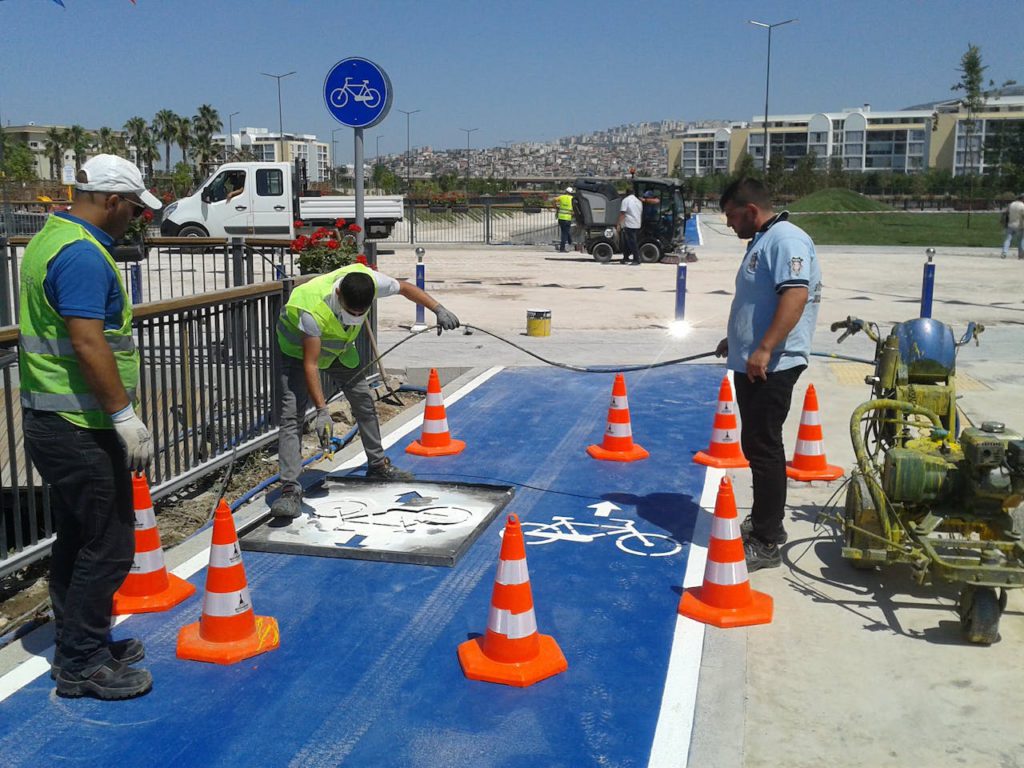Construction projects are marvels of human engineering and creativity, but they are also inherently complex and risky endeavours. From the planning phase to the final handover, many factors can impact a construction project’s success. One of the most critical aspects of construction management is ensuring the safety of everyone involved, from workers on the site to the surrounding community. In this article, we will delve into the importance of safety in construction management and explore strategies for effective risk mitigation.

The High Stakes of Construction Safety:
Construction sites are ever-evolving environments marked by continuously shifting conditions. Heavy machinery, power tools, high structures, and a wide range of materials create an environment where accidents can happen if proper precautions are not taken. The consequences of these accidents can be severe, ranging from injuries and fatalities to project delays and financial losses.
1. Safety Culture and Leadership:
A robust safety culture starts with leadership. Construction managers must set the tone by prioritizing safety from the top down, including implementing a traffic management plan where applicable. Safety should not be an afterthought but an integral part of the project’s planning and execution. This involves creating and enforcing safety policies, providing proper training, and holding everyone accountable for adhering to safety guidelines.
2. Risk Assessment and Planning:
Before a construction project begins, thorough risk assessments should be conducted. Identifying potential hazards and risks allows construction managers to develop comprehensive safety plans. These plans should outline safety procedures, emergency response protocols, and communication strategies to ensure everyone on the site understands their role in maintaining safety.
3. Regular Inspections and Audits:
Regular inspections and audits of the construction site are essential to identify and address safety issues promptly. These inspections should be more comprehensive than compliance with safety regulations. Still, they should also include a proactive assessment of potential risks and hazards that may have emerged since the project’s inception.
4. Training and Education:
Ensuring all workers are adequately trained and educated in safety procedures is crucial. This includes training on how to use equipment safely, recognizing potential hazards, and responding to emergencies. Ongoing safety training should be a standard practice, and workers should be encouraged to report safety concerns without fear of reprisal.
5. Personal Protective Equipment (PPE):
Providing and enforcing appropriate personal protective equipment is a fundamental safety measure. Helmets, high-visibility vests, gloves, safety glasses, and hearing protection are examples of PPE that can mitigate the risks associated with various construction tasks.
6. Communication and Collaboration:
Effective communication among all stakeholders is vital for maintaining a safe construction site. Construction managers should establish clear lines of communication and encourage collaboration between workers, subcontractors, and other project participants. Regular safety meetings and briefings help keep everyone informed and engaged in safety efforts.
7. Emergency Response Planning:
Construction sites should have well-defined emergency response plans, including collaboration with traffic control companies in Melbourne or other relevant locations. These plans should cover a range of potential emergencies, including fires, accidents, and natural disasters. All workers should be familiar with these plans and know how to respond swiftly and safely in a crisis.
8. Continuous Improvement:
The construction industry continually evolves, and new safety challenges can arise with technological advancements and changing regulations. Construction managers should embrace a culture of continuous improvement by staying current with industry best practices and regularly reassessing and updating safety protocols.
9. Documentation and Record Keeping:
Keeping accurate records of safety-related incidents, near-misses, and safety training is essential. This documentation not only helps in addressing immediate issues but also serves as a valuable resource for evaluating the effectiveness of safety measures and making improvements.
10. Community Engagement:
Construction projects often impact the surrounding community. Construction managers should engage with the community to address concerns, communicate potential disruptions, and ensure that safety measures extend beyond the site boundaries to protect the public.
Safety is the cornerstone of successful construction management. Prioritizing safety not only protects the well-being of workers and the community but also contributes to the overall success of a project. By fostering a safety-first culture, conducting thorough risk assessments, providing education and training, and embracing continuous improvement, construction managers can mitigate risks, reduce accidents, and ensure that their projects are completed safely and on schedule. In construction management, it’s not just about getting the job done; it’s about doing it safely and responsibly.

